"Happiness hormone" controls fear memories
Scientists find that associative learning of fear is mediated by a novel dopamine circuit
A team of neurobiologists, led by scientists at the Research Institute of Molecular Pathology (IMP) in Vienna, has identified a novel neuronal circuit in the midbrain that gates fear learning. They found that the neurotransmitter dopamine, so far merely associated with reward and motivation, plays a crucial role in memory formation following aversive events.
For any higher organism, it is vital to learn from the past to adapt future behaviors. The formation of fear memories is the prime example in this regard. They help us to associate appropriate defensive behaviors with environmental cues such as sounds and smells that predict previously encountered threats like fights or poisonings. Incorrectly processed fear memories can lead to a variety of fear-related conditions, such as post-traumatic stress disorders.
Animals and humans alike live in complex environments and go through countless experiences, many of them meaningless, and some few of them important. In this setting, the brain has to perform a difficult task: it needs to memorize only the essential associations for later recall, while forgetting the unnecessary rest.
To elucidate the neuronal implementation of this process, Wulf Haubensak, a neuroscientist and Group Leader at the IMP, wondered if dopamine may play an important role. A widely known hormone for motivation and happiness, it seemed a rather unlikely candidate, at first. However, dopamine has some interesting properties. It is released following important events - such as getting a reward - and thus might act as a signal to memorize such experiences.
Haubensak and his group teamed up with physiologist Volkmar Leßmann and colleagues at the Otto-von-Guericke University in Magdeburg to explore this in animal models. The team conditioned mice to learn that an acoustic signal - the environmental cue - predicts a mild foot shock representing the threat. Using advanced technology such as live calcium-imaging and optogenetics, the scientists were able to track and manipulate specific subsets of neurons in the brain during the learning task. In particular, they found a specific set of neurons in the midbrain called the ventral periaqueductal grey (vPAG). Intriguingly, these neurons become active when the animal begins to learn to associate the cue with the aversive shock - that is, during subjectively important events for the animal. When activated, they release dopamine and instruct the amygdala - a major emotion center in the brain - to associate the tone with the shock and store this experience into synaptic long-term memory. In the experiments, temporally inactivating this connection during fear memory tasks resulted in mice that were no longer able to remember previous fearful experiences, while over-activation lead to excessive memories that would normally be suppressed.
The discovery of the link between these relatively unknown dopamine neurons in the ventral PAG and the amygdala was key to connecting the dopamine-system to fear memory formation. “This finding adds a completely different angle to dopamine neurons, widely regarded as responsible for reward and motivation only”, says Florian Grössl, first author of the publication and a Postdoc in the Haubensak-lab. “Our study shows that they direct fear memory formation and reveals a new dopaminergic circuit module between the PAG and the amygdala that is crucial for emotion processing: it filters out important experiences and stores them into associative memory.”
In humans, dopamine neurons originating from the PAG-region are wired in a very similar way as in mice. They are involved in pain processing and have recently been shown to also play a role in memory formation. Following the discovery by the Haubensak-team, it would be important to investigate if dysregulation of ventral PAG dopamine neurons could lead to psychiatric disorders. They might also provide a clue to side effects observed in patients that are treated with medication affecting the dopamine system, as in Parkinson’s disease and addiction disorders.
Original publication
Most read news
Original publication
Grössl et al.; "Dorsal tegmental dopamine neurons gate associative learning of fear"; Nature Neuroscience; 27. Juni 2018.
Topics
Organizations
Other news from the department science

Get the life science industry in your inbox
By submitting this form you agree that LUMITOS AG will send you the newsletter(s) selected above by email. Your data will not be passed on to third parties. Your data will be stored and processed in accordance with our data protection regulations. LUMITOS may contact you by email for the purpose of advertising or market and opinion surveys. You can revoke your consent at any time without giving reasons to LUMITOS AG, Ernst-Augustin-Str. 2, 12489 Berlin, Germany or by e-mail at revoke@lumitos.com with effect for the future. In addition, each email contains a link to unsubscribe from the corresponding newsletter.
Most read news
More news from our other portals
Last viewed contents
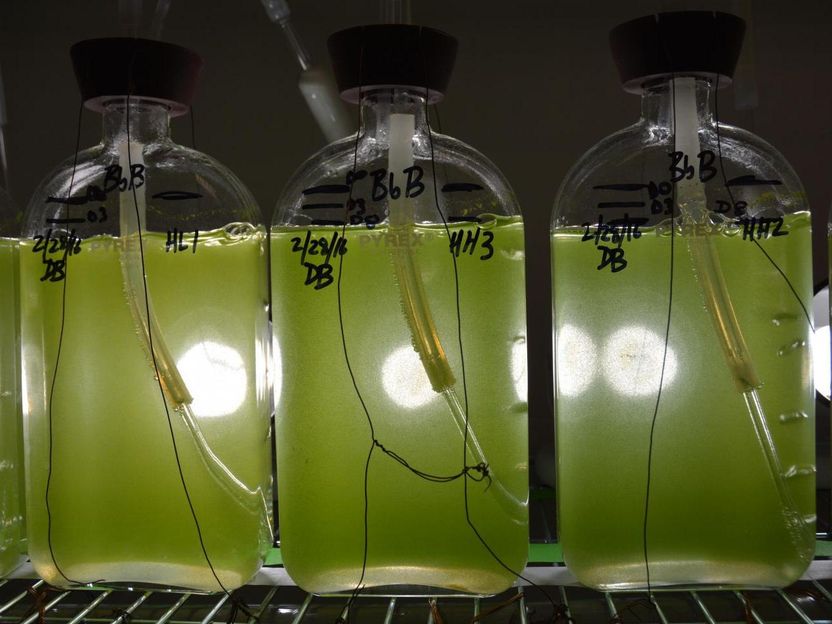
Genome sequence of fuel-producing alga announced

Why words become harder to remember as we get older
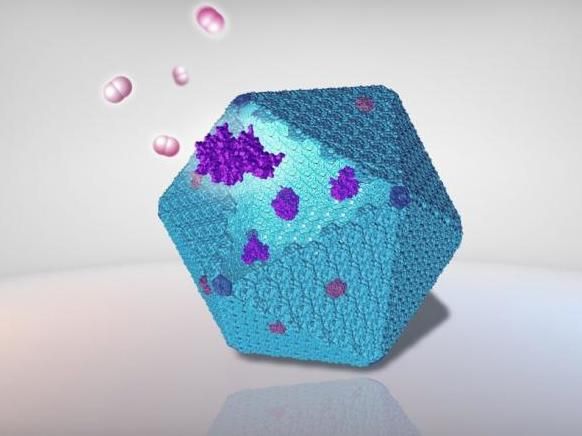
New protein nanobioreactor designed to improve sustainable bioenergy production - Reprogramming bacterial protein organelles as a nanoreactor for hydrogen production
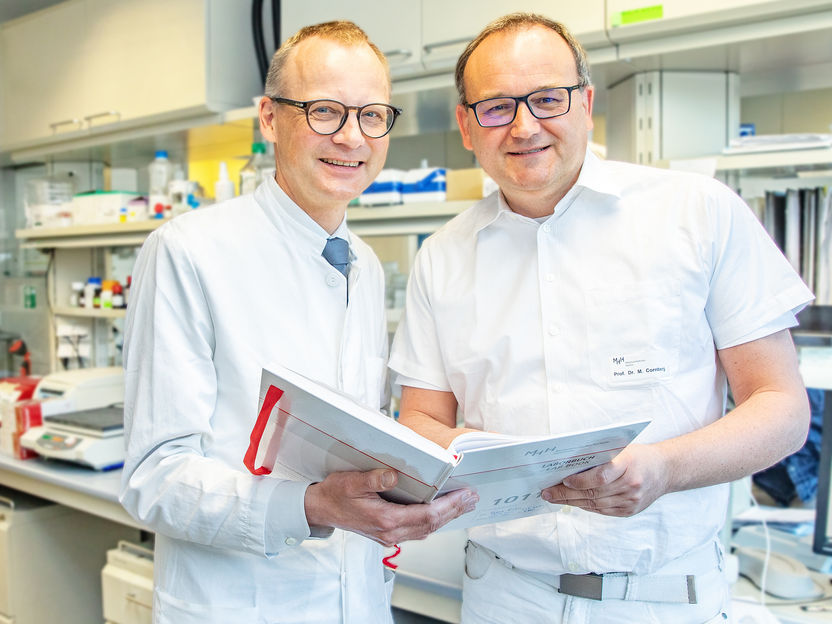
New weapon against hepatitis D - Paving the way for drug therapy of the particularly aggressive liver disease

Airy cellulose from a 3D printer - A lot of potential applications in medicine

Double strike against leukaemia: Inducing defective cell division could improve therapy - Targeting the powerhouses of the cell
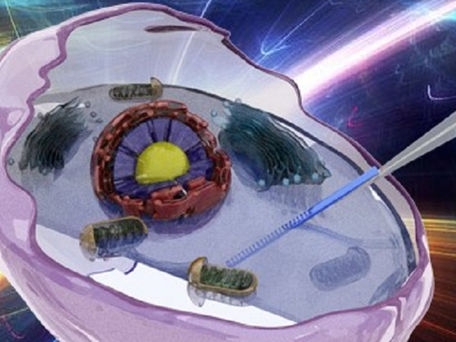
Seeing inside cells with an integrated nanowire probe - Real-time, in-situ sensing and tracking of cell development and maturation is achieved using a label-free nano-optical device
Galapagos and Dart Neuroscience LLC sign drug discovery and compound management agreements
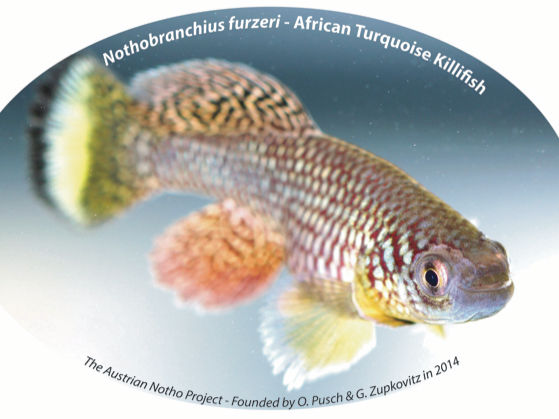
Important aging mechanism revealed - African killifish as model organism






















































